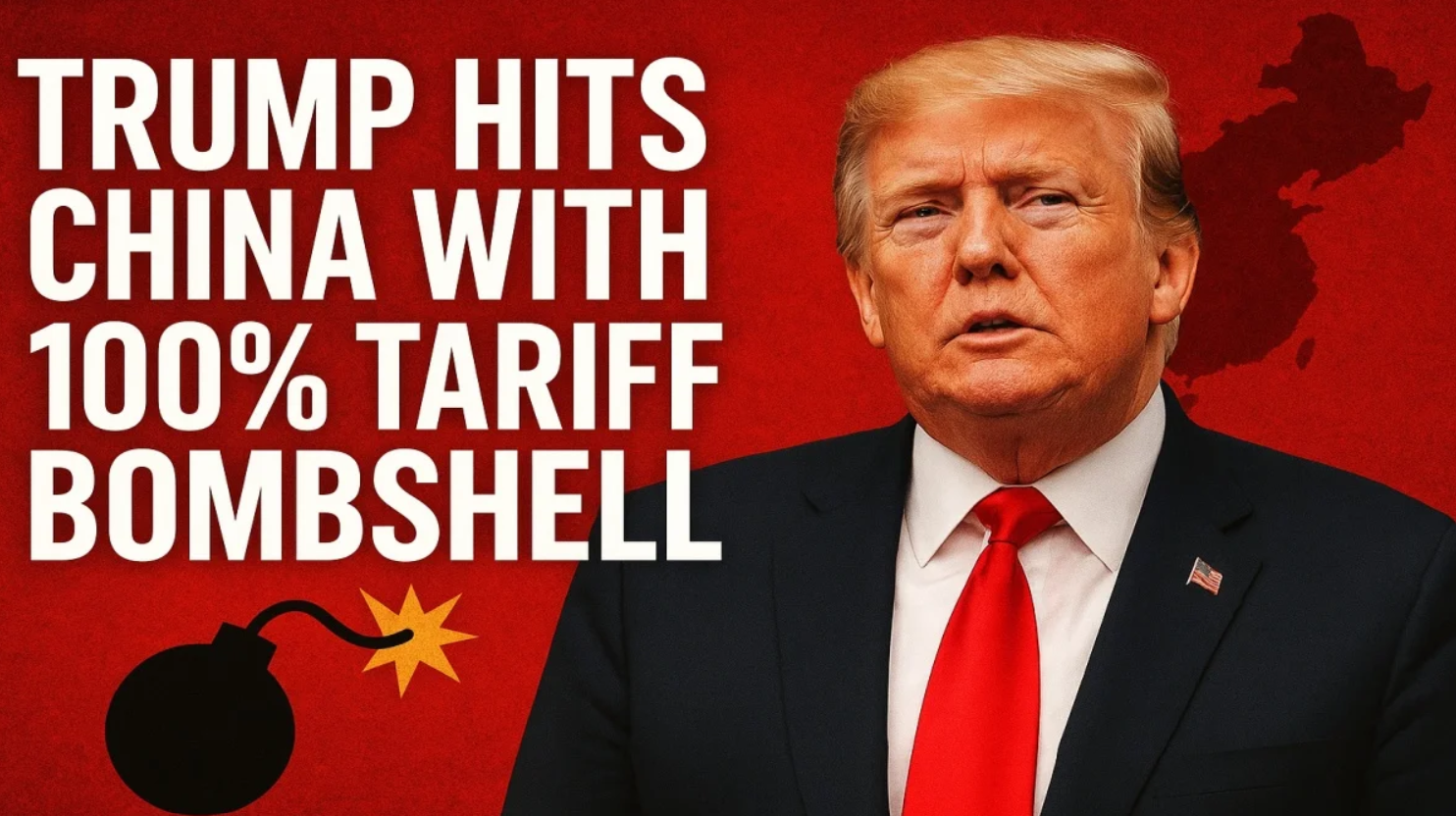India’s debt market is entering a new era of global confidence, with long-duration government securities emerging as top contenders for institutional portfolios worldwide. According to Vivek Paul, head of portfolio research at the BlackRock Investment Institute, India’s government bonds are becoming increasingly attractive to international investors, thanks to their steady yields and promising macroeconomic indicators.

Paul believes that India is offering a rare combination in today’s global market. Unlike many developed economies that are battling inflation volatility and rising interest rates, India is providing stable yields with long-term visibility. The inflation outlook remains benign, with CPI expected to hover around two and a half percent in the first half of the current fiscal year. At the same time, the government’s fiscal deficit target of four point four percent signals a commitment to discipline without compromising growth.
India’s long-duration bonds, especially those in the ten to thirty year range, are now seen as delivering superior risk-adjusted returns when compared to similar instruments in other emerging markets and even developed economies like the United States. While US Treasuries are considered a safe haven, they are increasingly facing pressure from anticipated inflation and rising borrowing costs. In contrast, India’s long-term yields are seen as more balanced and aligned with global investor expectations.
The Reserve Bank of India’s flexible approach to interest rates and the government's continued capital expenditure are also supporting investor optimism. According to Paul, policy stability combined with a maturing bond market gives global investors the confidence to allocate more capital to India. He highlights that the steepness of India’s ten to thirty year bond curve and declining hedging costs are making long-duration instruments especially attractive.
One of the most promising signals of India’s growing bond market strength is the increasing depth and liquidity. Rising portfolio flows, healthy foreign direct investment levels, and a more stable current account situation are contributing to a more robust market environment. These factors not only encourage more international participation but also ensure that the market can absorb large trades without significant price disruptions.
India’s inclusion in multiple global bond indices is another development adding to the appeal. These inclusions make Indian bonds more visible to a broader base of institutional investors and encourage passive inflows from global funds that track such indices. As more funds allocate to India through index-based strategies, it strengthens demand and potentially reduces long-term yields, which can further stabilize the market.

Paul acknowledges that there are still risks on the horizon. These include unexpected spikes in inflation, sudden changes in global interest rates, or shifts in domestic policy that could affect market sentiment. However, he argues that the current macroeconomic environment is largely favorable and that India is in a position to manage these risks better than many other emerging economies.
When comparing Indian gilts with US Treasuries or other sovereign bonds from emerging markets, Paul believes Indian G-Secs hold their own. Their relatively higher real yields, consistent monetary policy, and strong macro fundamentals create an appealing risk-reward scenario. For long-term investors looking for balance, diversification, and predictability, India’s bond market presents a serious opportunity.
As global markets search for dependable income in an uncertain world, India’s government bonds are no longer just a regional play. They are now part of a broader conversation among investors seeking high-quality, long-term assets.
For more insights on how global debt trends affect your money and to understand India’s evolving investment landscape, follow You Finance on Instagram and Facebook.















